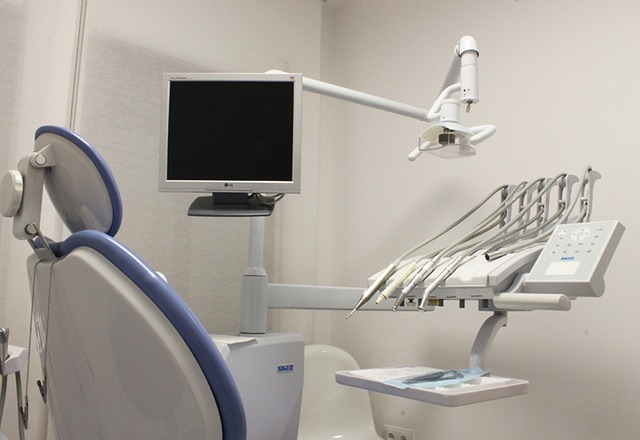Celiac Disease: Recognizing Symptoms and Adapting to a Gluten-Free Diet

Celiac disease is a serious autoimmune disorder that affects millions of people worldwide. It occurs when the ingestion of gluten—a protein found in wheat, barley, and rye—leads to damage in the small intestine. For those with celiac disease, consuming gluten can trigger a range of symptoms, often making day-to-day life a challenge.
Recognizing the Symptoms
Understanding the symptoms of celiac disease is crucial for early diagnosis and effective management. Symptoms can vary significantly among individuals and may include:
- Abdominal pain and bloating
- Chronic diarrhea or constipation
- Fatigue and weakness
- Unexplained weight loss
- Skin rashes (dermatitis herpetiformis)
- Irritability and mood changes
- Bone or joint pain
It is essential to note that some individuals may experience only mild symptoms, or none at all, making it easy for the disease to go undetected. If you suspect that you or a loved one may have celiac disease, it is vital to consult a healthcare professional for proper testing.
Diagnosing Celiac Disease
The diagnosis of celiac disease typically involves a combination of blood tests and a biopsy of the small intestine. Blood tests look for specific antibodies that indicate an immune response to gluten. If these tests are positive, a biopsy will typically confirm the diagnosis. For more detailed information about the diagnostic process, you can visit Celiac Disease Foundation.
Adapting to a Gluten-Free Diet
Once diagnosed, adapting to a gluten-free diet is the only effective treatment for celiac disease. This means eliminating all sources of gluten from your diet, which can be a significant lifestyle change. It may feel overwhelming at first, but with a little guidance, it becomes manageable.
What to Avoid
To maintain a gluten-free lifestyle, it’s essential to avoid:
- Breads and baked goods
- Pasta and cereals containing wheat, barley, or rye
- Processed foods that may contain gluten as a thickener or stabilizer
- Beer and other malt beverages
What You Can Enjoy
Fortunately, there are many delicious gluten-free options available, including:
- Fruits and vegetables
- Meat, fish, and poultry
- Rice, quinoa, and gluten-free grains
- Nuts and seeds
- Dairy products
- Gluten-free flours, such as almond or coconut flour
Tips for Success
Adopting a gluten-free diet can be easier with some practical tips:
- Read labels: Always check for gluten-containing ingredients.
- Plan meals: Preparing gluten-free meals ahead of time can help you avoid accidental gluten ingestion.
- Educate yourself: Familiarize yourself with gluten-free alternatives and where to find them.
- Support groups: Join local or online communities for support, resources, and shared experiences.
Living Well with Celiac Disease
It’s important to remember that living with celiac disease is entirely manageable with the right approach. Many people lead healthy, fulfilling lives by adhering to a gluten-free diet. It’s also a good idea to consult with a registered dietitian who specializes in celiac disease to ensure nutritional needs are met.
For further reading on living with celiac disease, check out NHLBI.
Summary Table of Key Points
| Aspect | Details |
|---|---|
| Symptoms | Abdominal pain, diarrhea, fatigue, skin rashes |
| Diagnosis | Blood tests and small intestine biopsy |
| Dietary Changes | Avoid gluten; enjoy fruits, vegetables, meats, gluten-free grains |
| Support | Join support groups; consult with dietitians |
With awareness, proper diagnosis, and a commitment to a gluten-free lifestyle, individuals with celiac disease can thrive and enjoy a varied, nutritious diet.
